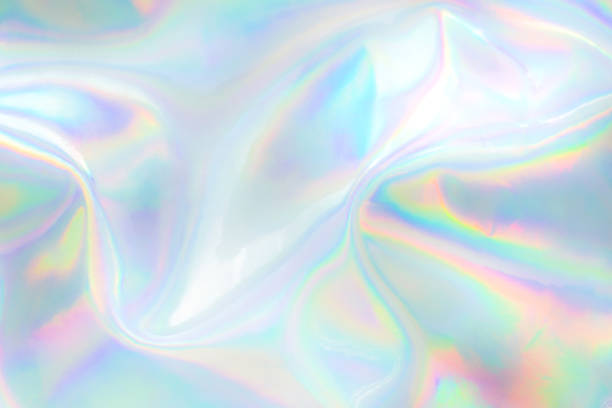The Emergence of Holographic Technology: A New Era of Interaction
Immerse yourself in a world where digital images leap off the screen and into reality. Welcome to the realm of holographic technology - an exciting frontier that's reshaping human interaction with the digital world. The concept of holography dates back to 1947 when British-Hungarian scientist Dennis Gabor developed the theory of holography while working to improve the resolution of electron microscopes. This innovative concept, although impressive, remained a theory for years, primarily due to the lack of appropriate light sources. The advent of the laser in the 1960s, with its pure and intense light, brought Gabor's theory to life, making the creation of high-quality holograms possible.

The Modern Holography: A Technological Leap
Fast forward to the present day, and holography has transcended its scientific origins to become a fascinating field in the realm of augmented reality (AR) and virtual reality (VR) technologies. Today, holographic technology is being used in a variety of applications, from virtual meetings and interactive gaming to medical imaging and even holographic televisions.
An example of modern holography is Microsoft’s HoloLens, a pair of mixed reality smartglasses. This device projects 3D holograms onto the user’s field of view, allowing interaction with digital content and information in the real world.
The Market Impact and Price Range of Holographic Technology
The global holography market was valued at $2.6 billion in 2020 and is projected to reach $5.6 billion by 2026. This growth is fueled by the increasing adoption of holography products in various sectors, including healthcare, education, and entertainment.
For consumers, the cost of holographic technology varies greatly. For instance, a holographic display for a smartphone may cost a few hundred dollars, while professional-grade systems such as Microsoft’s HoloLens 2 retail for $3,500.
The Future of Holography: What Lies Ahead?
While holographic technology is already impressive, the future holds even more promise. Scientists and engineers are continuously working to overcome current limitations, such as the need for special glasses or limited viewing angles.
In the near future, we can expect to see holographic technology becoming more accessible and integrated into our daily lives. Imagine, for instance, a world where you can have a 3D video call with a friend who appears to be sitting right in front of you, or where doctors can examine and manipulate 3D models of their patients’ organs before performing complex surgeries.
Wrapping Up
Holographic technology is undoubtedly an exciting field, offering a new dimension of interaction with the digital world. With continuous advancements and increasing adoption across various sectors, the holography market is set to grow exponentially. It is a fascinating area to keep an eye on, as the science fiction of yesterday becomes the reality of today and the norm of tomorrow.





